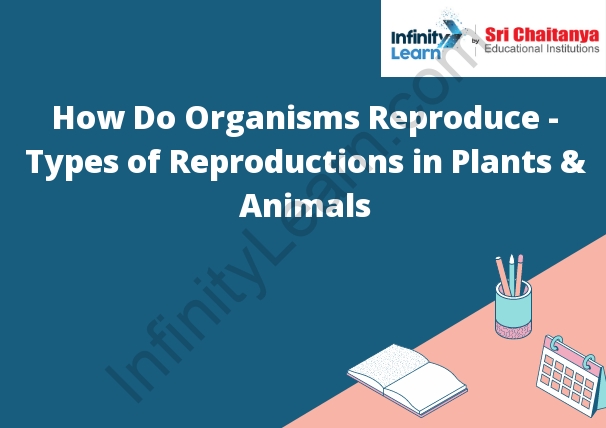Table of Contents
How Do Organisms Reproduce
Organisms reproduce in order to create new organisms that carry the same genetic information as the original organism. Reproduction can be asexual, in which a new organism created from a single parent, or sexual, in which two parents contribute genetic information to create a new organism. Reproduction is an important mechanism for organisms to pass on their genes in addition it also continue their species.

Types of Reproductions in Plants
There are three types of plant reproductions: asexual, sexual, and vegetative.
Asexual
Asexual reproduction is the process where a new plant created without the help of another plant. This can be done through fragmentation, bulbs, runners, and layering. In fragmentation, a small piece of the plant cut off and it will grow into a new plant. Bulbs are underground stems that will grow into new plants. Runners are long, thin stems that grow along the ground and will create new plants at the end. And, finally, layering is where a stem placed on top of the soil and new plants will grow from it.
Sexual
Sexual reproduction is the process where two plants combine their genetic information to create a new plant. This can done through pollination, where the pollen from one plant transferred to the other, or through fertilization, where the sperm from one plant transferred to the other.
Vegetative
Vegetative reproduction is the process where a new plant created without the help of another plant, but it uses part of the plant instead of a small piece. This can done through rhizomes, stolons, tubers, and bulbs. Rhizomes are underground stems that grow horizontally and will create new plants at the end. Stolons are long, thin stems that grow vertically and will create new plants at the end. Tubers are underground stems that grow horizontally and will create new plants at the end, but they will also store food. And, finally, bulbs are underground stems that grow vertically and will create new plants at the top, but they will also store food
Types of Reproductions in Animals
There are three types of reproduction in animals: asexual, sexual, and parthenogenesis.
- Asexual reproduction is the process where an organism can create a genetically identical copy of itself without the need of a partner. This happen through mitosis, where the DNA duplicated, or cloning, where a cell is taken from the organism and then grown in a laboratory.
- Sexual reproduction is the process where two parents combine their genetic information to create a new organism. This can happen through fertilization, where sperm and egg combine, or parthenogenesis, where egg able to develop without fertilized.
- Parthenogenesis is a type of asexual reproduction where the egg develops without fertilized. This can happen naturally, as in some species of lizards, or it can also induced in a laboratory.







